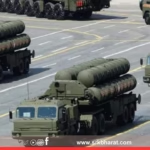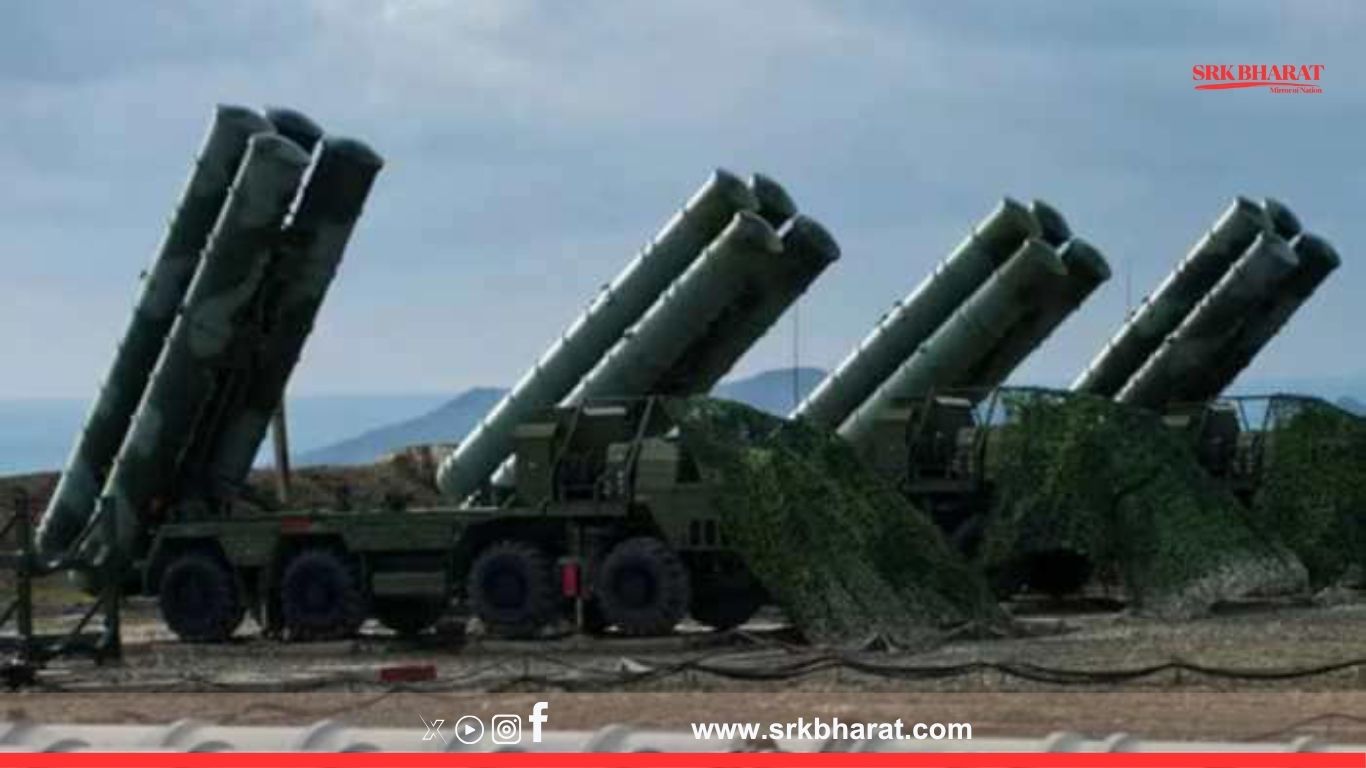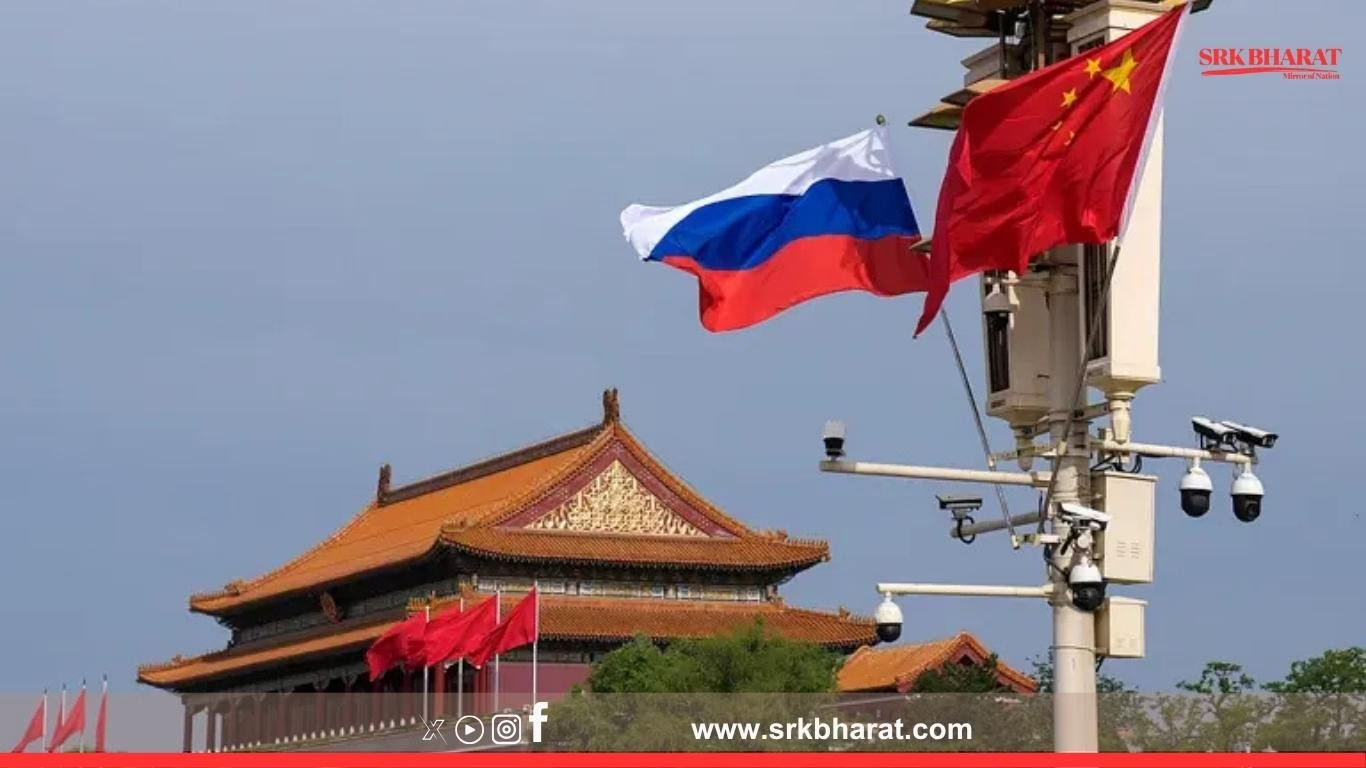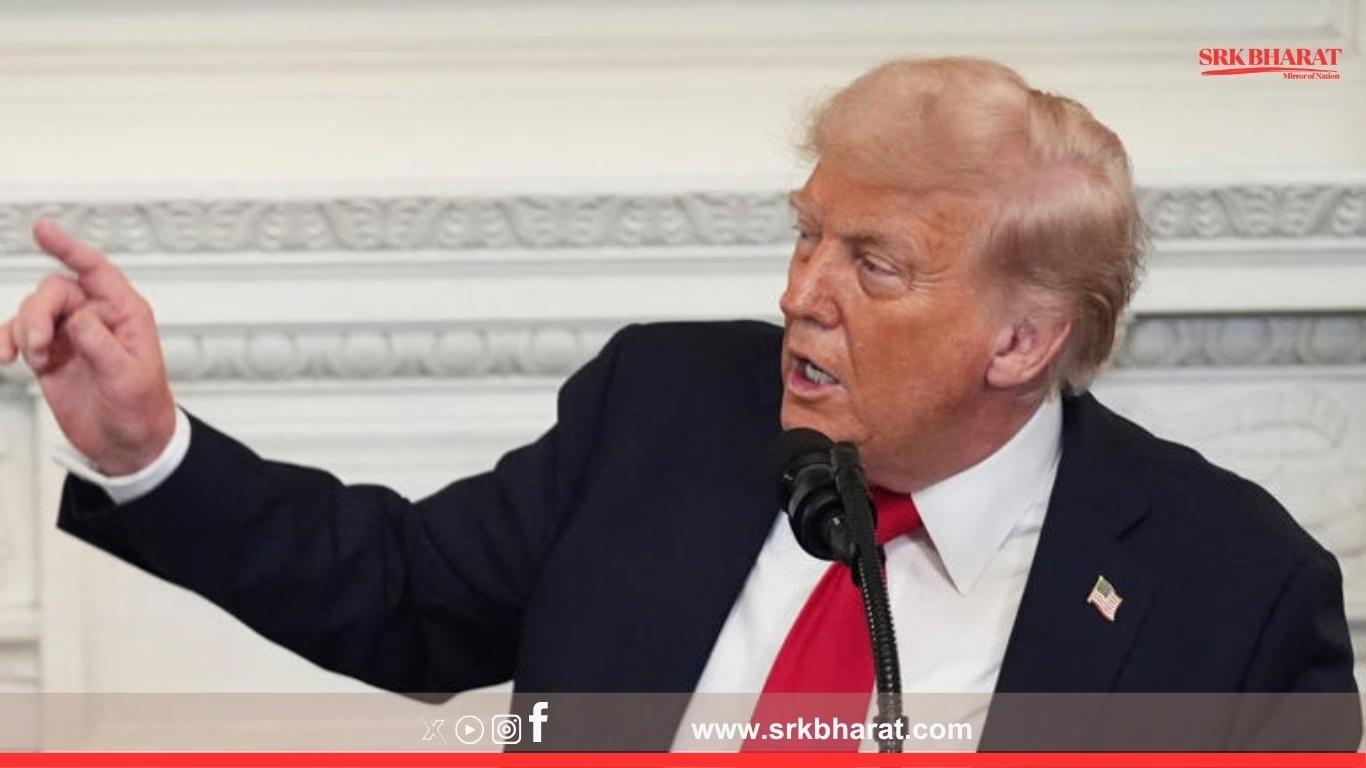In a significant shift with geopolitical and defence procurement implications, Turkey is reportedly exploring ways to dispose of its Russian-made S-400 Triumf air defence system as it eyes re-entry into the US-led F-35 Joint Strike Fighter programme. This development has sparked speculation on whether India – already an S-400 operator – might acquire the Turkish systems to strengthen its layered air defence shield against China and Pakistan.
Key Facts – Turkey’s S-400 Abandonment
| Parameter | Details |
|---|---|
| Country | Turkey |
| System | S-400 Triumf (NATO: SA-21 Growler) |
| Procurement Year | Contract signed in 2017; delivery began in 2019 |
| Quantity | 4 batteries |
| Reason for Abandonment | US sanctions, F-35 programme re-entry conditions |
| Potential Buyers | India (speculated), Saudi Arabia, Egypt |
Why Is Turkey Dumping The S-400?
- F-35 Re-Entry Conditions: The US expelled Turkey from the F-35 programme in 2019 after Ankara accepted the S-400 delivery from Russia.
- Sanctions Pressure: Under CAATSA (Countering America’s Adversaries Through Sanctions Act), Turkey faced defence sanctions affecting its F-16 upgrades, spare parts supplies, and defence technology transfers.
- NATO Compatibility: The S-400’s integration risks with NATO networks remain unresolved.
A Turkish defence official anonymously stated:
“Rejoining the F-35 programme is a strategic priority. S-400 has become a liability despite its impressive capabilities.”
Turkey’s F-35 And S-400 Timeline
| Year | Event |
|---|---|
| 2017 | Turkey signs $2.5 billion S-400 deal with Russia |
| 2018 | First payments made |
| 2019 | First S-400 battery delivered; US suspends Turkey from F-35 programme |
| 2021-2024 | Turkey seeks to mend ties with US, explores selling or mothballing S-400 |
| 2025 | Active negotiations to rejoin F-35; S-400 abandonment considered |
Could India Buy Turkey’s S-400?
Strategic Context:
India has already purchased five regiments of S-400 systems from Russia under a $5.4 billion deal signed in 2018. Three regiments have been delivered and deployed along the northern borders facing China and western front with Pakistan.
Defence experts argue that acquiring Turkish S-400 batteries could:
- Accelerate India’s air defence deployment, bypassing production queue delays.
- Reduce marginal procurement costs, as Turkey may sell at discounted rates to dispose them quickly.
- Enhance India’s strategic coverage by adding batteries for coastal and central sector defence.
India’s Current S-400 Deployment Status
| Regiment Number | Deployment Sector | Status |
|---|---|---|
| 1 | Punjab-Haryana sector | Operational |
| 2 | North-East (Arunachal/Tawang) | Operational |
| 3 | Ladakh sector | Operational |
| 4 | Under delivery | By December 2025 |
| 5 | Production stage | Expected 2026 |
(Source: Indian Defence Ministry 2025 procurement status)
Challenges To An Indian Acquisition
- US CAATSA Sanctions Risk: Buying Turkish S-400s may complicate India-US defence ties further, as Washington disapproves S-400 procurement by allies.
- System Condition & Integration: Turkey’s systems may require reconfiguration for Indian threat environments and network compatibility.
- Russian Approval Needed: As the original supplier, Russia’s consent is mandatory for third-party sales or transfers under end-user agreements.
Strategic Expert Views
Ajai Shukla, Defence Analyst:
“India could benefit from Turkish S-400 if the price and conditions align. However, geopolitical optics and US reactions must be managed carefully.”
Air Marshal Anil Chopra (Retd), CAPS Director:
“Technically feasible, but operational integration and Russian clearance are crucial. India should weigh additional regiments against investments in indigenous air defence systems.”
Global S-400 Operators
| Country | Quantity | Remarks |
|---|---|---|
| Russia | ~30 regiments | Original operator |
| China | 2 regiments | Deployed in Xinjiang and Shandong |
| India | 5 regiments | Ongoing deliveries |
| Turkey | 4 batteries | Facing disposal under US pressure |
| Belarus | 1 regiment | Operational since 2016 |
Why India May Be Cautious
- Indigenous Alternatives: India is accelerating its XR-SAM (Extended Range Surface to Air Missile) programme with DRDO to bridge the S-400 and Akash-NG gap.
- Diplomatic Balancing: Buying Turkish S-400s could irritate both the US and Russia if not negotiated delicately, undermining India’s strategic autonomy.
- Operational Doctrine: Additional S-400s beyond five regiments may offer diminishing returns without comprehensive indigenous integration.
Turkey’s Potential Buyers
Apart from India, defence analysts speculate Saudi Arabia or Egypt as alternative buyers:
- Saudi Arabia: Interested in multi-layered defence against Iranian ballistic missiles and UAVs.
- Egypt: Existing Russian defence customer seeking cost-effective high-altitude air defence.
However, both face similar US CAATSA sanctions threats, making acquisition diplomatically sensitive.
Key Takeaways
- Turkey plans to dump its Russian-made S-400 systems to rejoin the US F-35 programme, reversing its 2017 procurement decision.
- India, as an existing S-400 operator, emerges as a speculative buyer, with possible strategic benefits and geopolitical risks.
- Any Indian acquisition will depend on Russian approvals, US diplomatic reactions, and operational integration feasibility.
- The development reflects Turkey’s realignment towards NATO interoperability, potentially strengthening its air power with fifth-generation F-35s if successful.
What’s Next?
Turkey is expected to formally announce its S-400 disposal roadmap during upcoming NATO consultations in Brussels. India’s Defence Ministry has not commented on the speculation but remains focused on:
- Completing remaining S-400 deliveries
- Expediting indigenous XR-SAM trials
- Strengthening layered air defence to counter Chinese and Pakistani aerial threats
Disclaimer
This article is for informational and editorial purposes only. Data are sourced from open-source defence intelligence, Turkish and Indian defence ministry briefings, and strategic think-tank analyses. Readers are advised to refer to official government releases for confirmed procurement decisions and policy positions.











